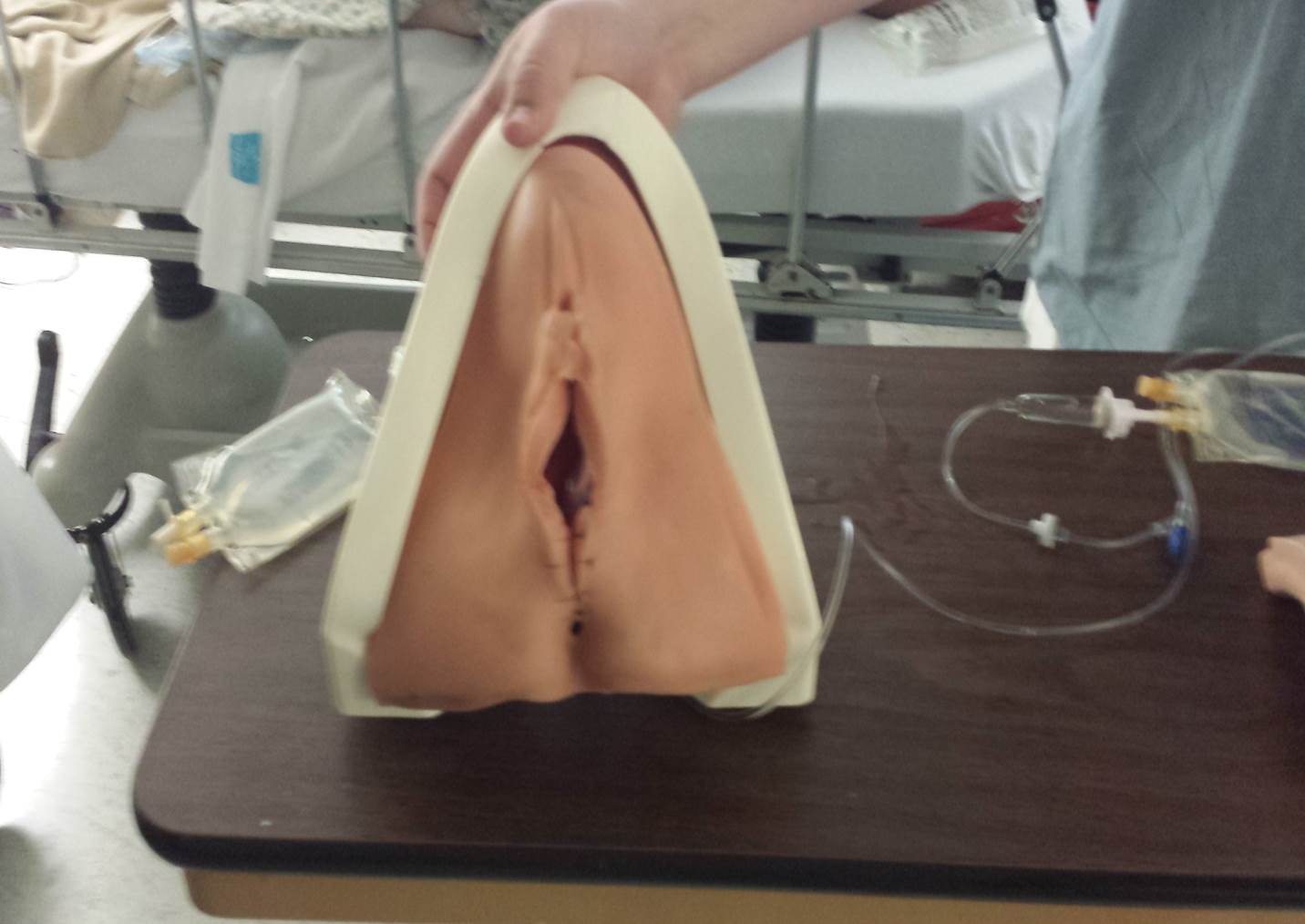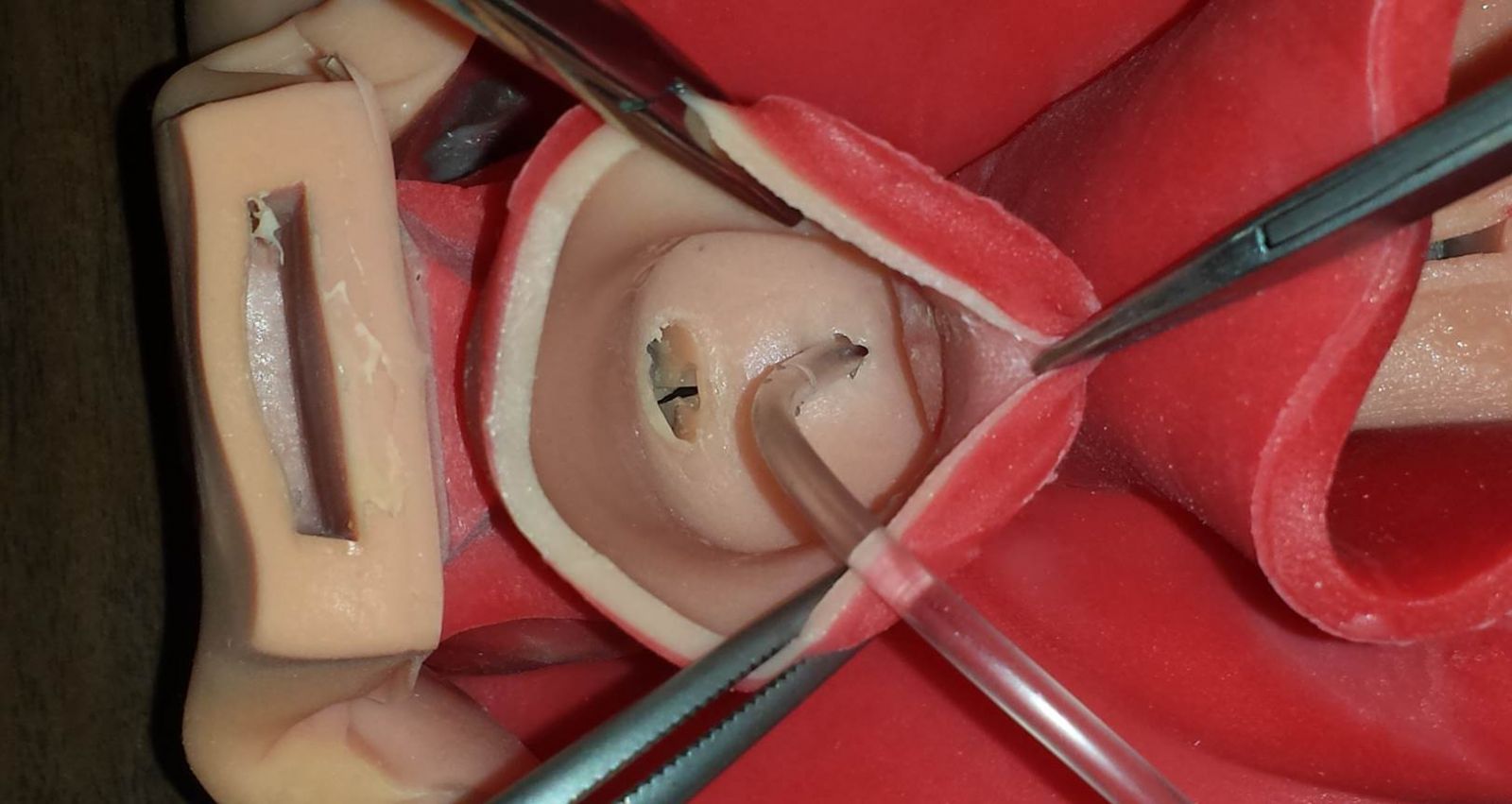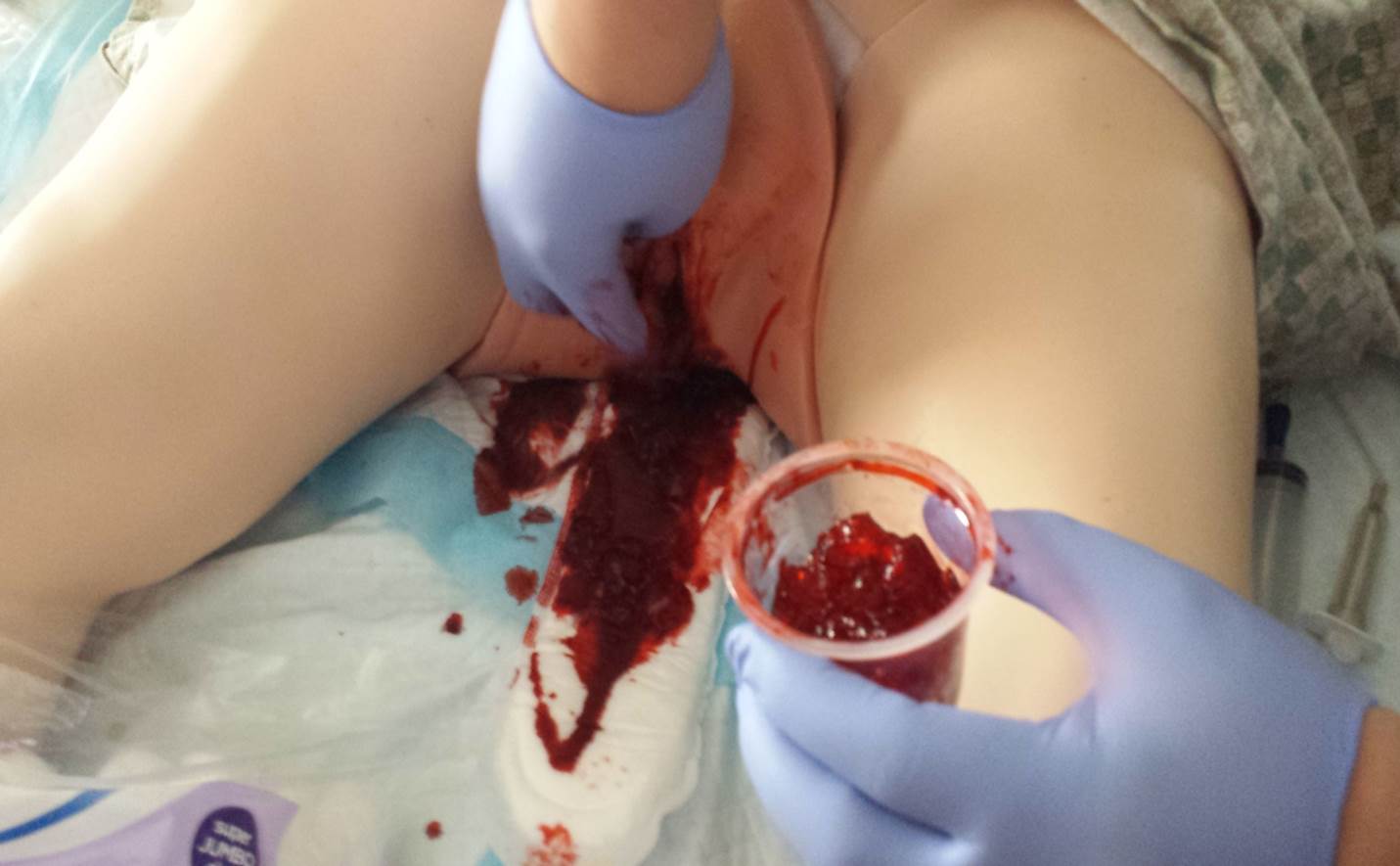| ePOSTER | ||
| Theme: 9BB Simulation 1 |

|
| Abstract Title |
 |
|
| Development of an In-situ Team Based Postpartum Hemorrhage Simulation Curriculum and Simulator Modifications | ||

|
Authors: |
Justin Field Reid Adams Maria Greene |
Institutions: | Institute of Research and Clinical Strategy - - Pontiac - United States of America St. Joseph Mercy of Oakland - - Pontiac - United States of America |
Postpartum hemorrhage is among the leading causes of maternal mortality in the United States and the highest in the developing world. Recognizing potential risk factors, symptoms, and active management of the third stage of labor are essential for identifying and treating postpartum hemorrhage. The goal of this project was to extend the SimMan3G Advanced Patient Simulator capabilities to include postpartum hemorrhaging suitable for high-fidelity obstetric team based simulation. The simulation is part of a larger curriculum that focuses on closed loop communication using the TeamSTEPPS model and process improvement.
Comprehensive team debriefing with attention to reflective practice was essential to reinforce learning objectives and gauge participants understanding. Future research will include assessing if the participants in the postpartum hemorrhage simulation scenario improved competency and ultimately if this reflects in an improvement in clinical patient outcomes.
 Episiotomy trainer with 4th degree vaginal tear partially repaired with external interrupted sutures was retrofitted with gravity fed and pressurized IV tubing to simulate active hemorrhaging. The episiotomy trainer was then trimmed and fitted to the SimMan3G with tubing (not shown) to deliver clots and retained placenta into the uterine cavity.
Episiotomy trainer with 4th degree vaginal tear partially repaired with external interrupted sutures was retrofitted with gravity fed and pressurized IV tubing to simulate active hemorrhaging. The episiotomy trainer was then trimmed and fitted to the SimMan3G with tubing (not shown) to deliver clots and retained placenta into the uterine cavity.
 A partially inflated IV bag was placed on the abdomen and covered with an extra chest skin to simulate a boggy atonic uterus. The SimMan3G was programmed to progress through the differnet stages of postpartum hemorrhage and included increasingly worsening tachycardia, tachypnea, and decreasing bloop pressure. A two way baby monitor was placed under the manikin to project the patients voice and family members were present
A partially inflated IV bag was placed on the abdomen and covered with an extra chest skin to simulate a boggy atonic uterus. The SimMan3G was programmed to progress through the differnet stages of postpartum hemorrhage and included increasingly worsening tachycardia, tachypnea, and decreasing bloop pressure. A two way baby monitor was placed under the manikin to project the patients voice and family members were present

to increase scenario realism. The scenario was developed to include all labor and delivery staff from attending physician to allied health professionals. After each simulation the staff was immediately taken to a conference room for comprehensive team debriefing that emphasized the primary case learning objectives. Time was taken to reflect on the effectiveness of communication using TeamSTEPPS, adherence to protocol, teamwork, and process improvement.
In our experience interdisciplinary team-based simulation is an effective learning tool for teaching postpartum hemorrhage management.
TeamSTEPPS®: Strategies and Tools to Enhance Performance and Patient Safety. Agency for Healthcare Research and Quality, Rockville, MD. http://www.ahrq.gov/qual/teamstepps/
Egenberg, S., Oian, P., Bru, LE., Sautter, M., Gunn K., and Torbjorn, ME. 2014. Can inter-professional simulation training influence the frequency of blood transfusions after birth? Acta Obstetricia et Gynecologica Scandinavica. DOI:10.1111/aogs.12569
 Send Email
Send Email